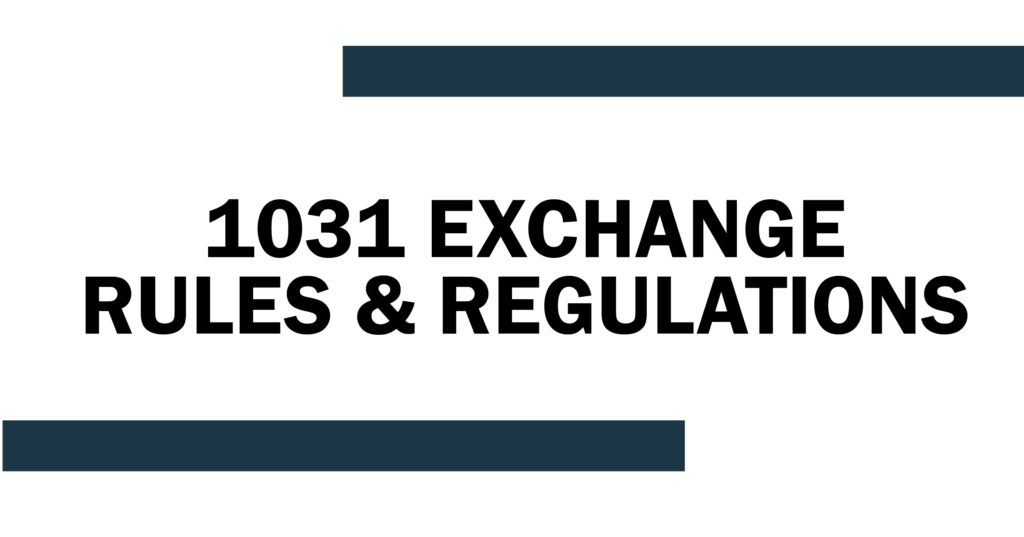
While a taxpayer cannot utilize a traditional, forward 1031 exchange when they are looking to buy replacement property prior to selling the relinquished property, they might be able to utilize a Reverse Exchange.
Most 1031 exchange transactions are structured as forward-delayed exchanges, where the taxpayer sells their relinquished property, and then acquires their replacement property within 180 days. But there are times when the taxpayer must acquire their replacement property before the relinquished property sells. This is possible through a process that is known as a Reverse Exchange.
In a reverse exchange, the Qualified Intermediary creates a special purpose entity, a single-member LLC (“SPE”), that will take title to the replacement property on the taxpayer’s behalf. The taxpayer will then lend the purchase money to the SPE or coordinate with its lender to do so. The taxpayer will also assign its purchase rights under the contract to the SPE so that the SPE may properly complete the acquisition. Once the SPE has acquired the replacement property, the SPE will lease it to the taxpayer under a triple-net lease in exchange for the taxpayer’s management expertise. The taxpayer will operate the property as if the SPE did not exist, leasing it, collecting rents, etc.
The taxpayer will continue to market the relinquished property for sale. Upon negotiating the sale of that property, the remainder of the exchange process looks much like a traditional forward-delayed exchange, with some minor variations. The Taxpayer will assign its rights under the sale contract to the QI. At closing, the exchange proceeds will flow to the QI, as in a typical forward-delayed exchange. However, instead of being used to acquire the replacement property, the exchange funds will now be used to pay down the loan from the taxpayer that was used to acquire the replacement property. Immediately thereafter, the QI will transfer ownership of the replacement property to the Taxpayer, completing the reverse exchange.
The process is a little more cumbersome than a traditional forward-delayed exchange. And a full outline of the procedures would take many pages. But the bottom line is that a taxpayer may acquire their replacement property before they have sold their relinquished property. Also, the entire transaction process must still fit within the 180-day exchange period.
